While porcelain bakeware is not a common material, it is an amazing cooking tool. Microwaves have become vital kitchen equipment, transforming the way we prepare and heat food. However, with convenience comes the question of whether porcelain is microwave-safe. So, let’s dive into this issue and find out all the ins and outs of microwave-safe porcelain.

What is Porcelain?
Porcelain is a type of ceramic material recognized for its strength, transparency, and exquisite appearance. It is made out of a special blend of clay, kaolin, and other minerals that are burnt at high temperatures to produce a non-porous, vitrified surface.
Porcelain has been treasured for centuries, gracing the finest tableware and decorative pieces. Its delicate beauty and strength have made it a popular material for dinnerware, vases, and other home decor.
Heat Resistance of Porcelain
Porcelain dinnerware is fired at very high kiln temperatures, up to 1400°F to harden and vitrify the clay. This process makes porcelain extremely resistant to heat.
As a result, porcelain plates, mugs and bowls can generally tolerate the interior heat of a microwave oven, which typically ranges from 212°F for boiling water up to 300°F.
The thermal shock resistance gained through porcelain’s high-temperature kiln firing makes it suitable for microwave safety.
Can you Microwave Ceramic?
Before digging into the safety of porcelain in the microwave, it’s important to grasp its link to ceramics. Ceramic materials include earthenware, stoneware, and porcelain. Porcelain, as a type of porcelain, is generally microwave-safe, but it’s important to check for any metallic decorations or trims, since they might cause arcing and potentially harm your microwave.
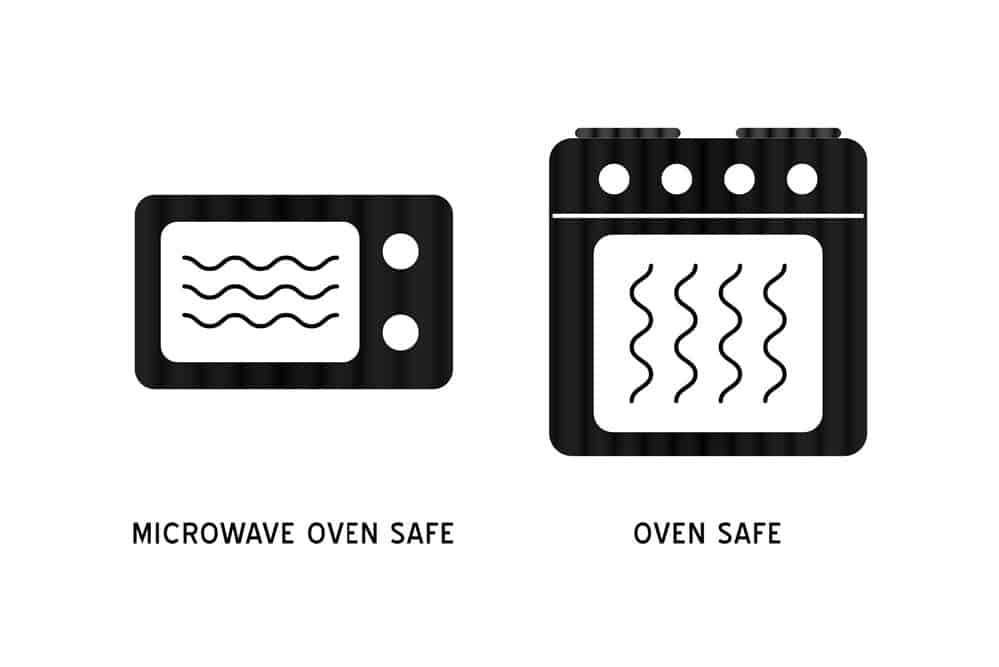
How to Use Porcelain in the Microwave Safely?
While porcelain is generally microwave-safe, there are some precautions you should take to ensure safe and optimal use.
Check for Microwave Safe Label
The first and foremost rule is to always look for a “microwave-safe” label on your porcelain dishware. If it is tagged as such, you are good to go! If not, err on the side of caution and don’t microwave it.
Avoid Using Porcelain Ware With Metal Decorations In Microwave
Many porcelain pieces include exquisite metallic embellishments or trims. These metal parts can produce arcing or sparking in the microwave, which not only damages your dishware but also poses a fire risk. It is recommended to use basic, unadorned ceramic pieces in the microwave.
Examine for Cracks or Damage
Before you put your porcelain dish in the microwave, give it a thorough inspection. Even the smallest crack or chip might allow moisture to enter the dish, potentially causing it to split or shatter when heated. It is better to be cautious than sorry!
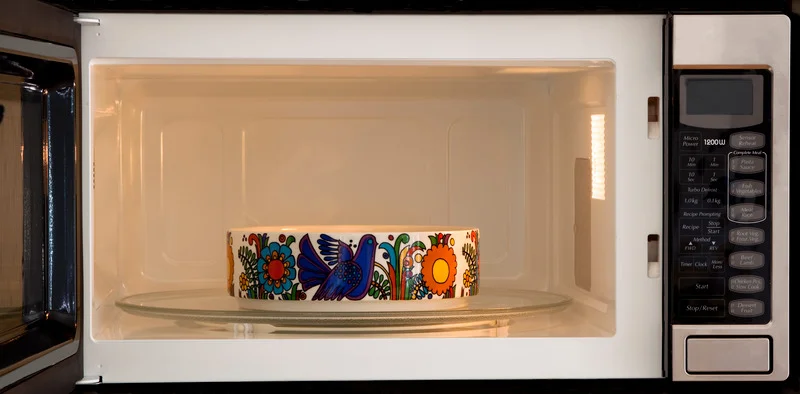
Use Microwave-Friendly Practices
Even with microwave-safe porcelain, it’s critical to observe best practices:
- Avoid using porcelain dishes with a diameter greater than the turntable’s, as this can cause uneven heating.
- Never microwave an empty porcelain dish because it may overheat and fracture.
- Cook on lower power settings for shorter periods of time, and check regularly.
Allow for Thermal Expansion
Due of its density, porcelain expands when heated. To prevent cracking or crazing, leave some space between porcelain plates and microwave walls to allow for expansion.
Start with Low Temperatures
Start with lower temperatures and shorter cooking periods, then gradually increase as needed. Sudden temperature shifts can induce thermal shock, resulting in cracks or shattering.
Avoid Rapid Temperature Changes
Never take porcelain plates out of the microwave and soak them in cold water or place them on a cold surface. The quick temperature shift may cause the porcelain to crack or break. To avoid rapid temperature changes, gradually heat or cool porcelain dishware.
Stir the Food
Stir the meal occasionally while microwaving to ensure equal cooking and avoid hot spots. This method encourages safe and consistent cooking while avoiding overheating or breaking the porcelain.
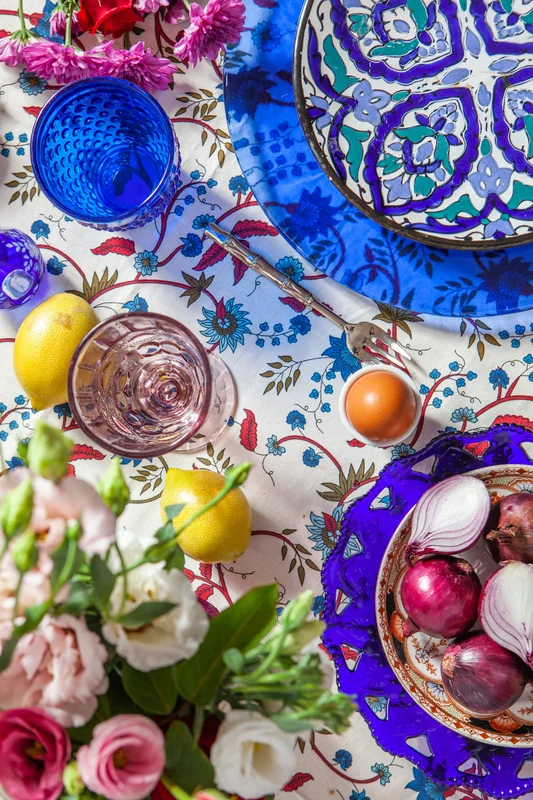
Pros and Cons of Using Porcelain in the Microwave
Pros:
- Porcelain dishware enhances the eating experience with its elegance and versatility.
- High-quality porcelain is durable and long-lasting, able to tolerate regular usage and cleaning.
- With sufficient care, porcelain dishware may be microwaved, providing convenience and versatility.
- Retains heat effectively, allowing food to remain warm for a longer period of time.
Cons:
- Porcelain can chip or break if mishandled, thus, it must be handled and stored with care.
- Not compatible with an induction cooktop. Porcelain, while good for microwave and traditional ovens, is incompatible with induction cooktops due to its nonmetallic characteristics.
- It has the potential to take up smells or flavors over time.
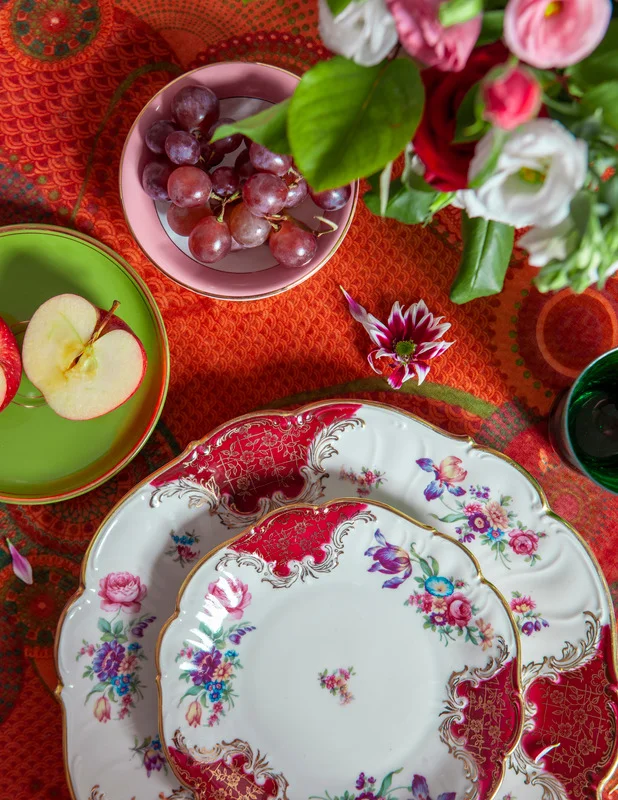
Precautions for Safe Microwaving
To prevent any risk of damage, follow basic safety tips when microwaving porcelain:
- Avoid sudden temperature changes – don’t put scalding contents into a cold porcelain vessel.
- Don’t microwave empty porcelain as rapid heating could cause cracks.
- Always use a microwave-safe lid or cover food to prevent splattering.
- Never microwave porcelain with gilt or metallic painted decoration as this can spark.
- Inspect for hairline cracks that could expand; reject any damaged pieces.
Dishware Designed for Microwaving
Many porcelain dishware brands now produce lines specifically intended for microwave and oven-to-table use. These feature subtle design details like:
- Slightly thicker walls to prevent cracking.
- Smoothed, rounded edges for safe handling.
- Venting under platter rims for splatter-free heating.
- Minimal decoration to limit metallic risks.
- Clear “microwave-safe” markings on the underside.
Using porcelain designed for the microwave provides added assurance and convenience.
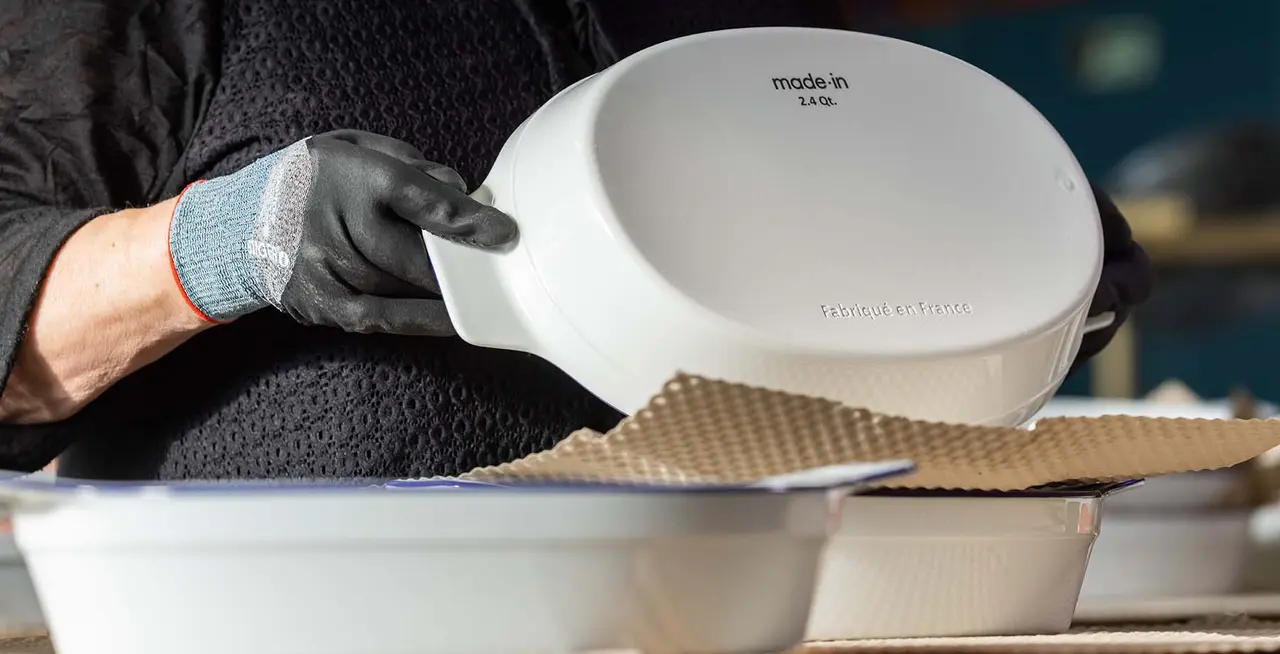
How to Care for Porcelain Dishware?
To maintain the longevity and beauty of your porcelain tableware, adequate care is required:
- Avoid using harsh cleansers or scouring pads, since these might scratch the surface.
- Hand wash delicate items or run a moderate dishwasher cycle.
- To avoid abrupt temperature swings, allow dishes to cool before washing or storing.
- Store porcelain plates carefully, cushioning them to avoid chipping or cracking.
- Handle porcelain dishware gently to avoid chipping or breaking.
- Avoid stacking heavy objects on top.
- To reduce the danger of breakage, store porcelain dishes in a secure cabinet or cupboard away from potential threats.
Conclusion
Lastly, as long as you follow the instructions carefully, porcelain can be heated in a microwave without damage. Understanding its qualities and applying suitable usage and care techniques will allow you to safely enjoy the beauty and convenience of porcelain dishware. So go ahead and cook your favorite foods with confidence, savoring every moment of elegance and flavor.
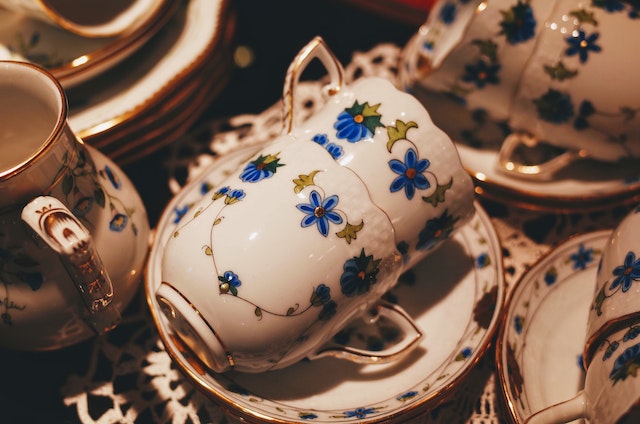
FAQs
Is porcelain microwave safe? Porcelain is burned at very high temperatures, which makes it durable and non-porous. Porcelain bowls can be safely heated in the microwave.
During its creation, porcelain is heated to 2,650 degrees Fahrenheit, much higher than any temperature a microwave oven is going to reach. As a result, porcelain itself can easily resist the heat of a microwave without being damaged. Most porcelain dishes carry a microwave-safe label from their manufacturers.
Most chinaware is microwave safe. So are glassware, ceramics, and porcelain dishes. It is safe to place china in a microwave under most conditions. However, avoid using a microwave when metal decorations such as gold or silver lining.
Porcelain and ceramic cookware are typically microwave-safe dishes, but ensure they do not have a metal lining. Ceramic cookware is a type of clay dish that is durable and resistant to heat. Traditional ceramic is an excellent choice for microwave cooking.
Porcelain has a non-porous surface and is fired at 1200 degrees centigrade, meaning it’s resistant to extremely high temperatures. It’s typically dishwasher, microwave and oven safe, however some pieces may have metallic accents, so make sure to check on the product description to ensure it is microwavable safe.
Sources:
- Can Porcelain Really Go in the Oven?
- Are Porcelain Plates Microwave Safe?
- Can Porcelain Go in the Microwave?
- How to Test if a Dish Is Microwave Safe
- Microwave cooking time with porcelain/stoneware container rather than plastic
- Is porcelain dinnerware durable?
- The safety of MPS porcelain for food use
- Is Ceramic Microwave Safe
- How to Safely Use Porcelain Plates in the Oven for Cooking
- Precautions for use
- What are the differences between porcelain and stoneware?
- Learn how to take good care of your porcelain with a few tips from DPH!
- Your Dinnerware Care Guide
- Is Porcelain Microwave Safe?
- Can I Put Handmade Ceramic Cups in the Microwave?
- Is Porcelain Microwave Safe?